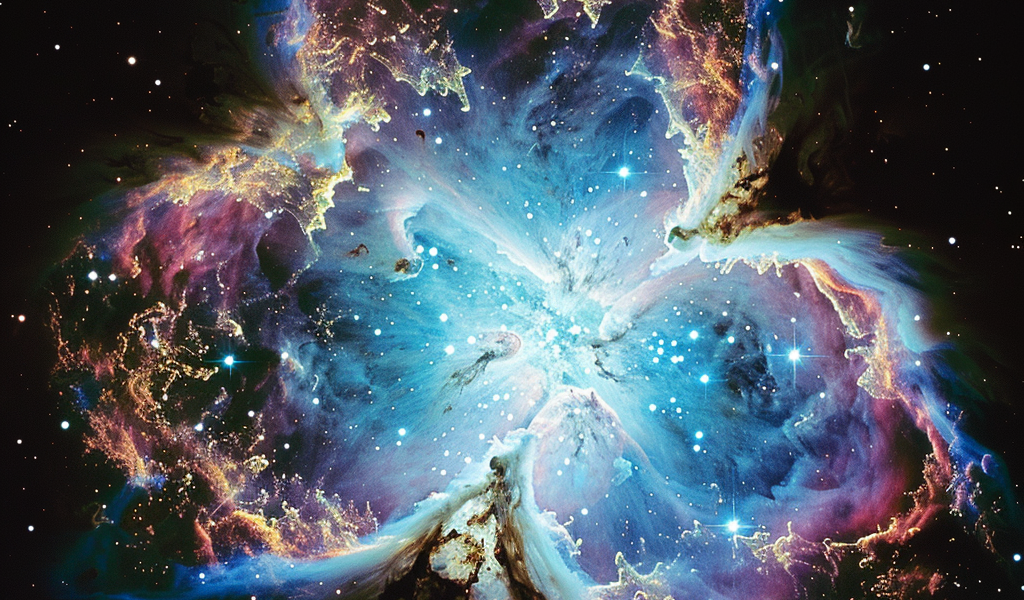Space photo of the week: James Webb and Chandra telescopes spot a ‘lighthouse’ pointed at Earth
Images from the James Webb Space Telescope and the Chandra X-ray Observatory have been combined to reveal how the Crab Nebula’s neutron star is changing.
What it is: The Crab Nebula (also called M1), a supernova remnant
Where it is: 6,500 light-years away in the constellation Taurus
When it was shared: June 3, 2024
Why it’s so special: This new composite image combines data from both the James Webb Space Telescope (JWST) and the Chandra X-ray Observatory to reveal more about the dense neutron star at the center of one of the brightest supernova remnants in the night sky.
The Crab Nebula is what’s left of a bright star. In A.D. 1054, viewers on Earth briefly saw this star in the night sky as it exploded at the end of its life — an event called a supernova. The unexpected ‘guest star’ caught stargazers’ attention around the world and may have been depicted on a rare Byzantine coin as well as by Puebloan people in a ‘supernova pictograph’ at Chaco Canyon in New Mexico, according to researchers at the High Altitude Observatory. The supernova left behind a dense neutron star surrounded by a nebula of gas.
JWST recently imaged the Crab Nebula, but the latest data from Chandra shows that the nebula’s neutron star — the leftovers of the ex-star’s core — is dramatically changing over time. The neutron star inside the Crab Nebula is what astronomers call a pulsar because it rotates around 30 times per second, sending out a beam of radiation on every rotation, a bit like a lighthouse. Chandra captured repeated observations of that radiation — enough to show that the neutron star’s energy has produced a shockwave.





